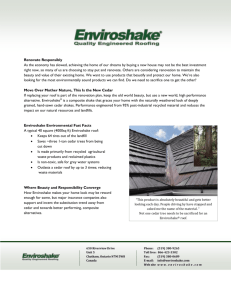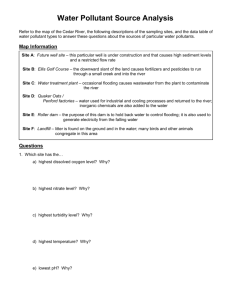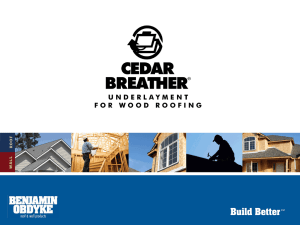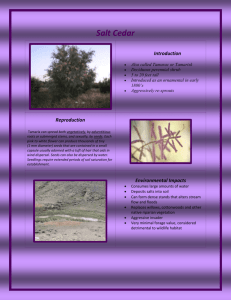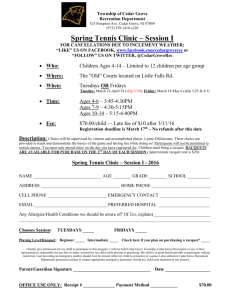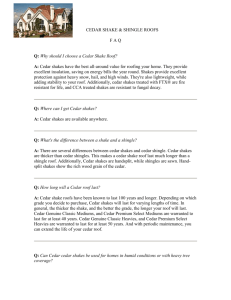Title: The Basics of Traditional Cedar Shake Roofing Traditional
advertisement
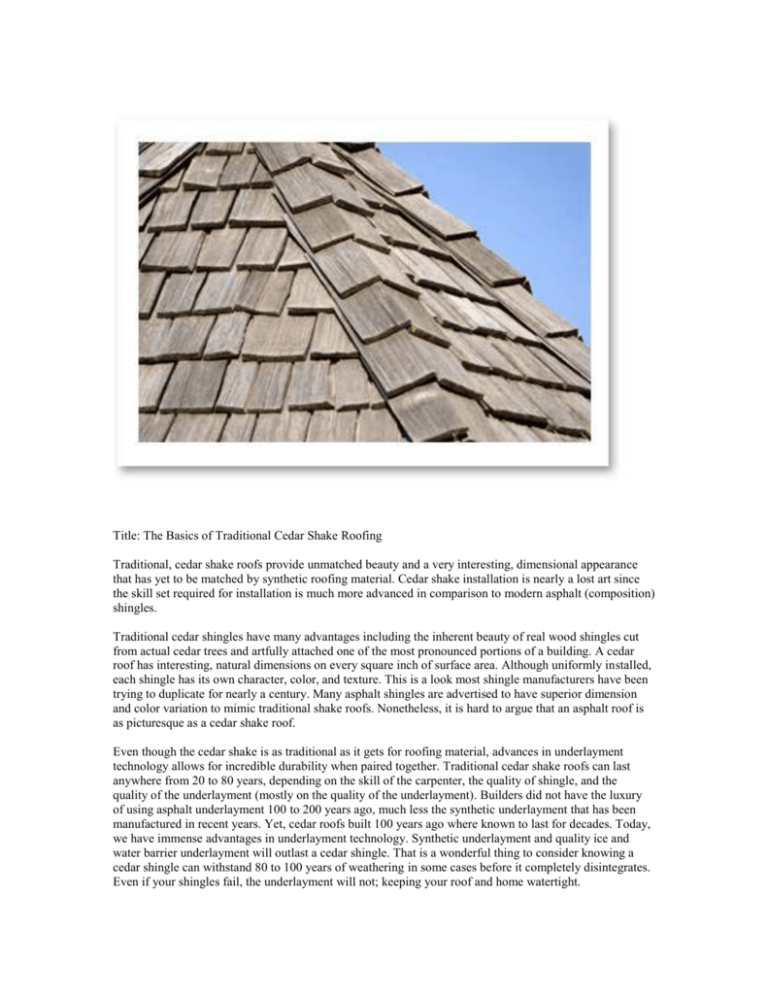
Title: The Basics of Traditional Cedar Shake Roofing Traditional, cedar shake roofs provide unmatched beauty and a very interesting, dimensional appearance that has yet to be matched by synthetic roofing material. Cedar shake installation is nearly a lost art since the skill set required for installation is much more advanced in comparison to modern asphalt (composition) shingles. Traditional cedar shingles have many advantages including the inherent beauty of real wood shingles cut from actual cedar trees and artfully attached one of the most pronounced portions of a building. A cedar roof has interesting, natural dimensions on every square inch of surface area. Although uniformly installed, each shingle has its own character, color, and texture. This is a look most shingle manufacturers have been trying to duplicate for nearly a century. Many asphalt shingles are advertised to have superior dimension and color variation to mimic traditional shake roofs. Nonetheless, it is hard to argue that an asphalt roof is as picturesque as a cedar shake roof. Even though the cedar shake is as traditional as it gets for roofing material, advances in underlayment technology allows for incredible durability when paired together. Traditional cedar shake roofs can last anywhere from 20 to 80 years, depending on the skill of the carpenter, the quality of shingle, and the quality of the underlayment (mostly on the quality of the underlayment). Builders did not have the luxury of using asphalt underlayment 100 to 200 years ago, much less the synthetic underlayment that has been manufactured in recent years. Yet, cedar roofs built 100 years ago where known to last for decades. Today, we have immense advantages in underlayment technology. Synthetic underlayment and quality ice and water barrier underlayment will outlast a cedar shingle. That is a wonderful thing to consider knowing a cedar shingle can withstand 80 to 100 years of weathering in some cases before it completely disintegrates. Even if your shingles fail, the underlayment will not; keeping your roof and home watertight. Cedar shakes are wonderful to look at, but beware of the drawbacks. For one thing, cedar shakes are comparatively expensive to buy and install. The material itself is expensive, and installation is much more labor intensive when comparing it to modern asphalt shingle roofing. Expect to pay 3 to 4 times more for a cedar roof versus an asphalt shingle roof. Another point to consider is that not everyone has the skill set to properly install a cedar roof. Just about anyone can follow shingle manufacturer’s instructions and produce a decent quality asphalt shingle roof. The consumer must do their homework and find a true craftsman with a respectable reputation. Finding a traditional roofer that is willing to incorporate modern underlayment technology can also be a difficult task. Many traditional roofers are traditionalists at heart, and cast aside modern technology simply because it is not traditional. Other drawbacks of cedar shakes are that it absolutely is a natural product with all sorts of flaws and imperfections, unlike synthetic material. Also, the natural material attracts bees, bugs, birds, and critters that will consider all the nooks and crannies to be ideal places to build nests or homes. Another drawback is that cedar roofs need maintenance. Many believe (but not everyone) that cedar roofs should be treated with a sealer every 5 to 10 years to preserve the shingles. Having the roof sealed is yet another expensive endeavor. Traditional cedar shakes have many advantages and disadvantages that a homeowner must consider before going ahead with installation. The unmatched beauty and longevity of a cedar roof must be weighed against the increased costs and maintenance. About the Author: Pro Roofing, LLC is a Licensed and Insured Roofing Contractor Located in Madison, WI. Pro Roofing, LLC has been Wisconsin’s Premier Residential and Commercial Roofer Since 1999.

